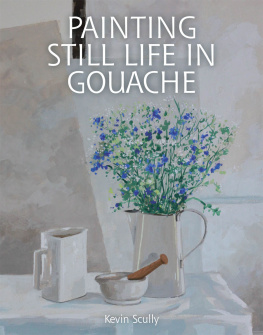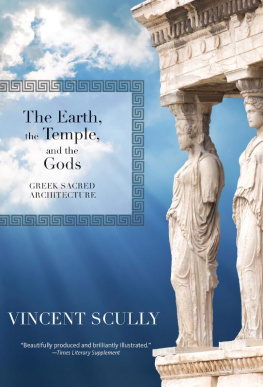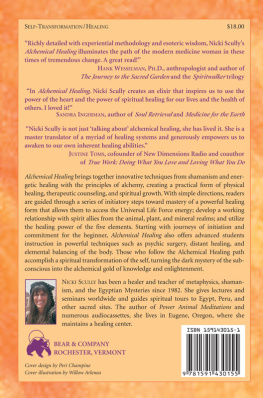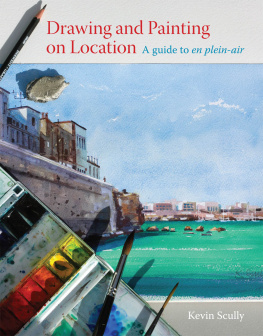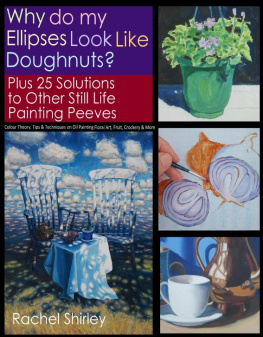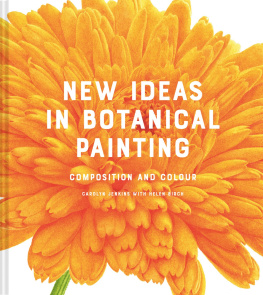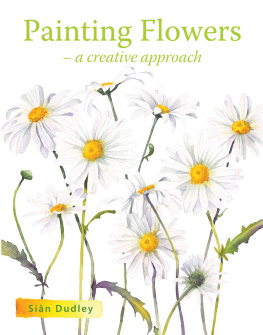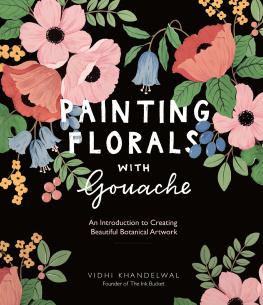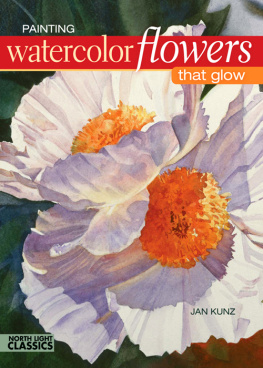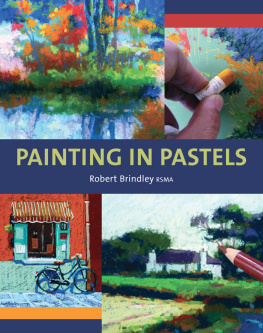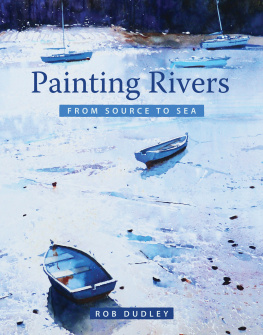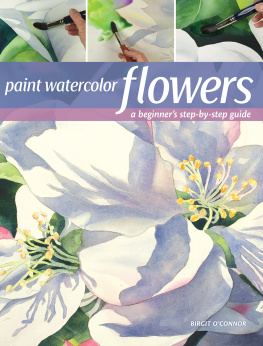Acknowledgements
This book is dedicated to all of those artists, famous and not so famous, both present and past, whose work I studied and admired during the long process of writing it. I would especially like to thank Jane Askey, Elizabeth Vann, Clare Wake and Malindy Argyle, who kindly gave permission for their paintings to be included in this book.
I would also like to thank the following establishments for allowing me to use their images for reproduction: Museo Archeologico Nazionale, Napoli (Still Life with Glass Bowl of Fruit and Vases); Dobiaschofsky Auktionen AG, Bern (Vegetable Still Life); Los Angeles County Museum of Art, California (Still Life with Cherries and Peaches), Michele Webber contributing artist.
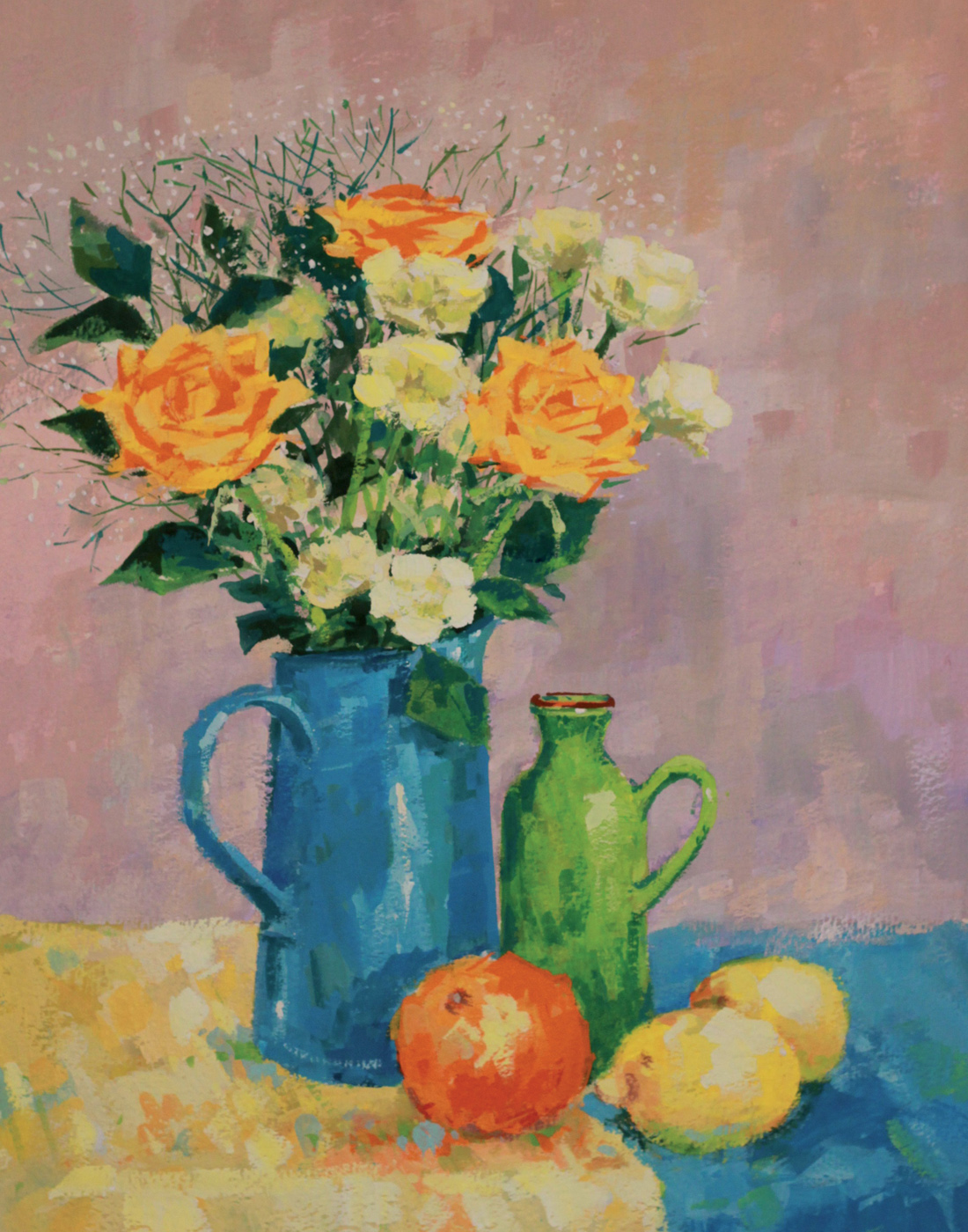
PAINTING
STILL LIFE IN
GOUACHE
Kevin Scully

THE CROWOOD PRESS
First published in 2015 by
The Crowood Press Ltd
Ramsbury, Marlborough
Wiltshire SN8 2HR
www.crowood.com
This e-book first published in 2015
Kevin Scully 2015
All rights reserved. No part of this publication may be reproduced or transmitted in any form or by any means, electronic or mechanical, including photocopy, recording, or any information storage and retrieval system, without permission in writing from the publishers.
British Library Cataloguing-in-Publication Data
A catalogue record for this book is available from the British Library.
ISBN 978 1 84797 978 0
Frontispiece
Blue Jug, Green Jug, Kevin Scully. This painting demonstrates how by adding light touches of similar colours into each of the objects, a harmonious composition can be created.

CONTENTS


INTRODUCTION: A BRIEF HISTORY
As with many things, the precise history of gouache is vague and there are many versions to be found. However, the use of pigment in conjunction with a binder to create an opaque paint can be traced back to primitive cave paintings. The process of adding various forms of gum to pigments so that they adhere to different surfaces is also ancient.
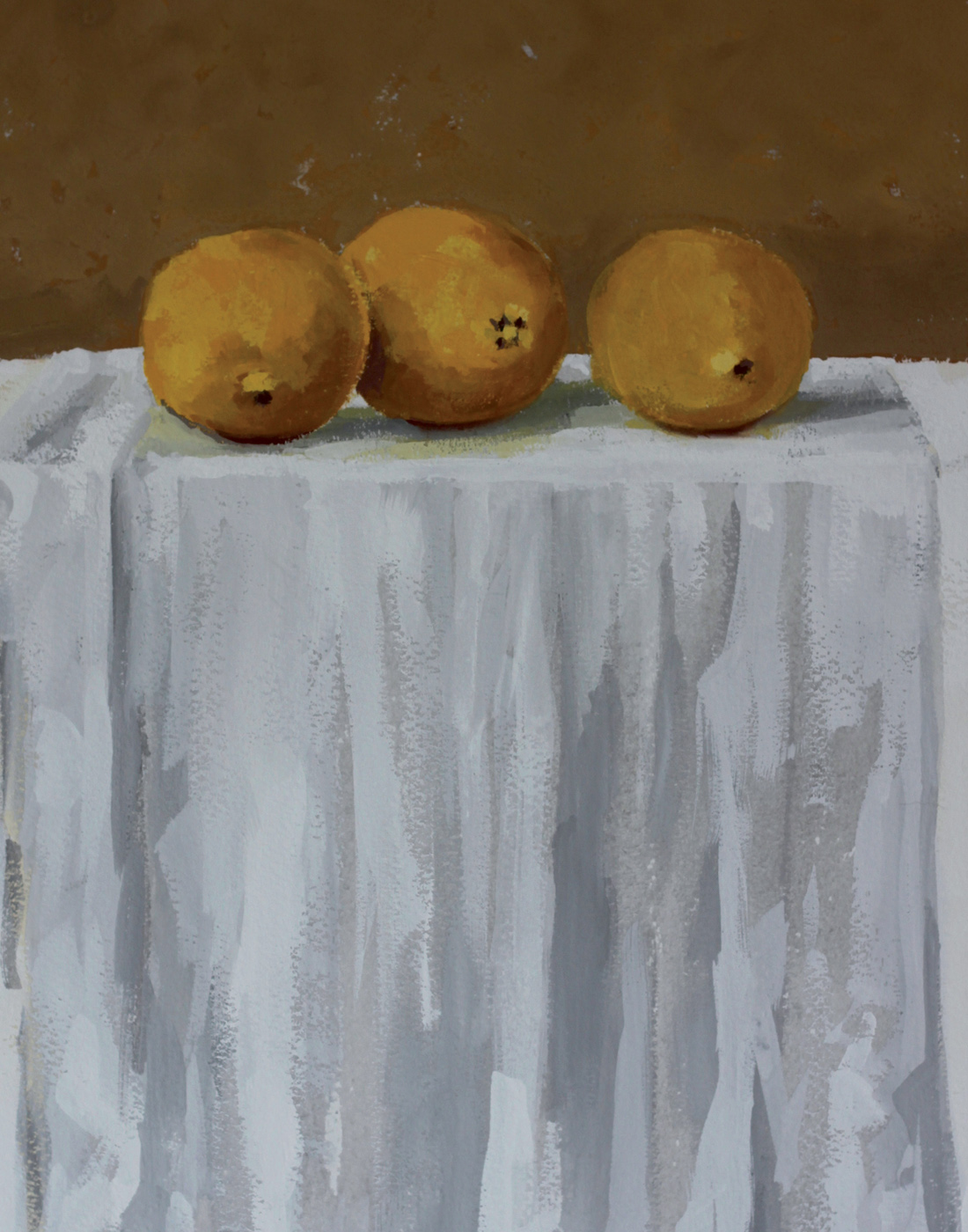
Three Lemons , Kevin Scully. A painting in which a very limited colour range has been used. The focal point has been placed high up in the composition, and from here the vertical folds in the cloth lead the viewers eye down to the bottom of the picture.
It is generally believed that the word gouache is derived from the Italian guazzo or aguazzo, which refers to the process of applying oil paint over an egg tempera base. At some stage in history this term seems to have been transported to France, where it emerged as gouache and became a generic term for all water-based paints.
The Ancient Egyptians used various binders for the pigments they used in their vibrant decorative work. These included beeswax, eggs and tragacanth, a natural gum made from the sap of assorted plant roots. Another substance was casein glue, made by mixing milk with lime. The limestone walls of tombs and temples were covered with a thin layer of plaster onto which the colours were applied. They depicted images of offerings to the gods in a rather two-dimensional way. The paint needed to be fairly opaque so that it could be applied to the stone or plaster walls of buildings and tombs. Similarly, before the existence of paper the rough surface of papyrus did not suit transparent colours.
Inanimate objects have been the subject of paintings for thousands of years. The Romans arranged groups of objects together in their mosaics and wall paintings. However, during the Middle Ages art was regarded as something to be utilized in the service of Christianity, so virtually all of the still life objects in paintings were included to embellish the religious message. It wasnt until much later that still life as we know it today became the subject of paintings in itself.
In the Middle Ages the monks used a form of gouache for illuminating their manuscripts by adding gum to their water-based media, some of these colours being as rich today as when they were first painted. As early as the late fifteenth century the German artist Albrecht Drer was using gouache to create beautiful paintings of great subtlety and depth. Between the sixteenth and eighteenth centuries a form of gouache was being used by both Western and Eastern miniature painters and a similar medium, distemper, made from animal glue was being used in decorative application. Raphaels cartoons for the tapestries of the Lives of SS Peter and Paul (15151516), which were to be hung in the Sistine Chapel in Rome, were painted in a form of gouache.
In the seventeenth century there was a movement of still life artists in Holland that produced paintings of complex composition, depicting a huge abundance of food and drink alluding to lifes rich fertility, and by the mid-eighteenth century the Dutch were at the forefront of the genre. Many Dutch and Flemish artists were working in Paris during this period and they undoubtedly had an influence on French painters. Jean-Franois Eliaerts (17611848) was one such renowned painter who has been credited with importing the Dutch still life style into France. His talent was such that he became Professor of Art at the Institute of the Lgion dHonneur at Saint Denis and so was in a position to pass on his undoubted skills to his students. During this period he exhibited many still life paintings at the Salon, with compositions set among intricate surroundings. Some of these paintings in gouache were on wood panels.
By the eighteenth century the medium had become increasingly popular with artists in other parts of Europe, including the French artist Franois Boucher (17031770), whose decorative works made great use of its subtle, matt qualities. During this period the English artist Paul Sandby (17301809) was using gouache extensively in his large landscape paintings, including several images of Rochester from across the Medway River and views of Windsor Castle painted in a freer, more colourful style than his earlier topographical works in watercolour.
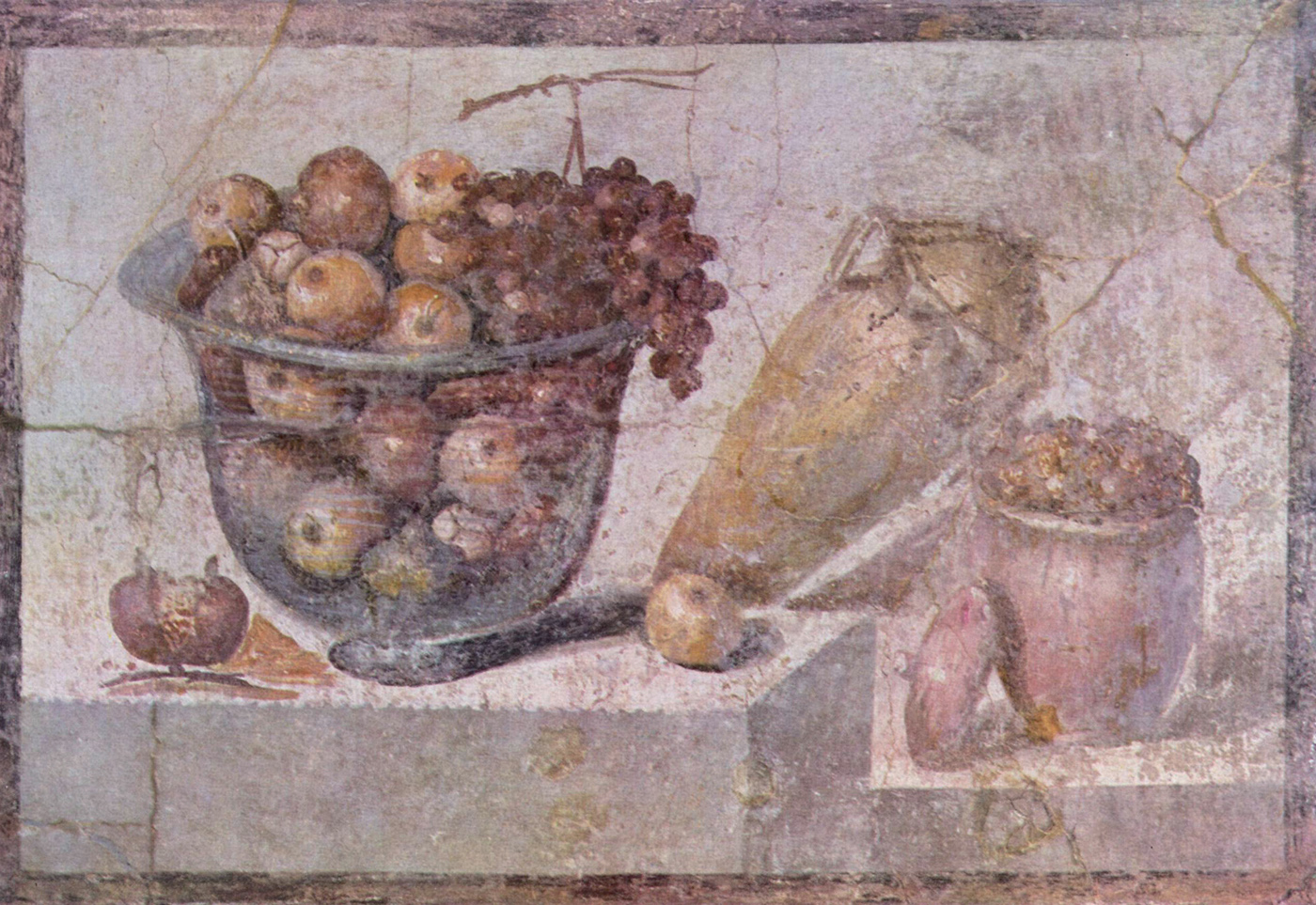
Still Life with Glass Bowl of Fruit and Vases . A Roman wall painting of around AD 70 from a house in Pompeii.
It is just possible that gouache was introduced into England by painters of French ancestry, such as Joseph Goupy (16891769), nephew of the French portrait painter Louis Goupy. Joseph was drawing master to the royal family of George I, but towards the end of his career he produced small copies of Old Masters paintings in both pastel and gouache. Paul Sandby and Joseph Goupy were contemporaries and well acquainted, so it seems fairly likely that the influence lies here.
From around 1740 gouache was much favoured by English topographical artists, but other than these painters, its use had begun to decline into purely decorative painting on household furnishings and theatrical props. There is little evidence of gouache being used in still life painting in England during this period. The Swiss topographical artist Louis Ducros (17481810), who was working in Italy and Malta on large format, romantic landscape paintings in gouache and watercolour, continued almost alone in his use of the medium in fine works of art. In the 1830s there was something of a revival by several Victorian watercolour artists, who continued to use gouache until the end of the century.
Next page
